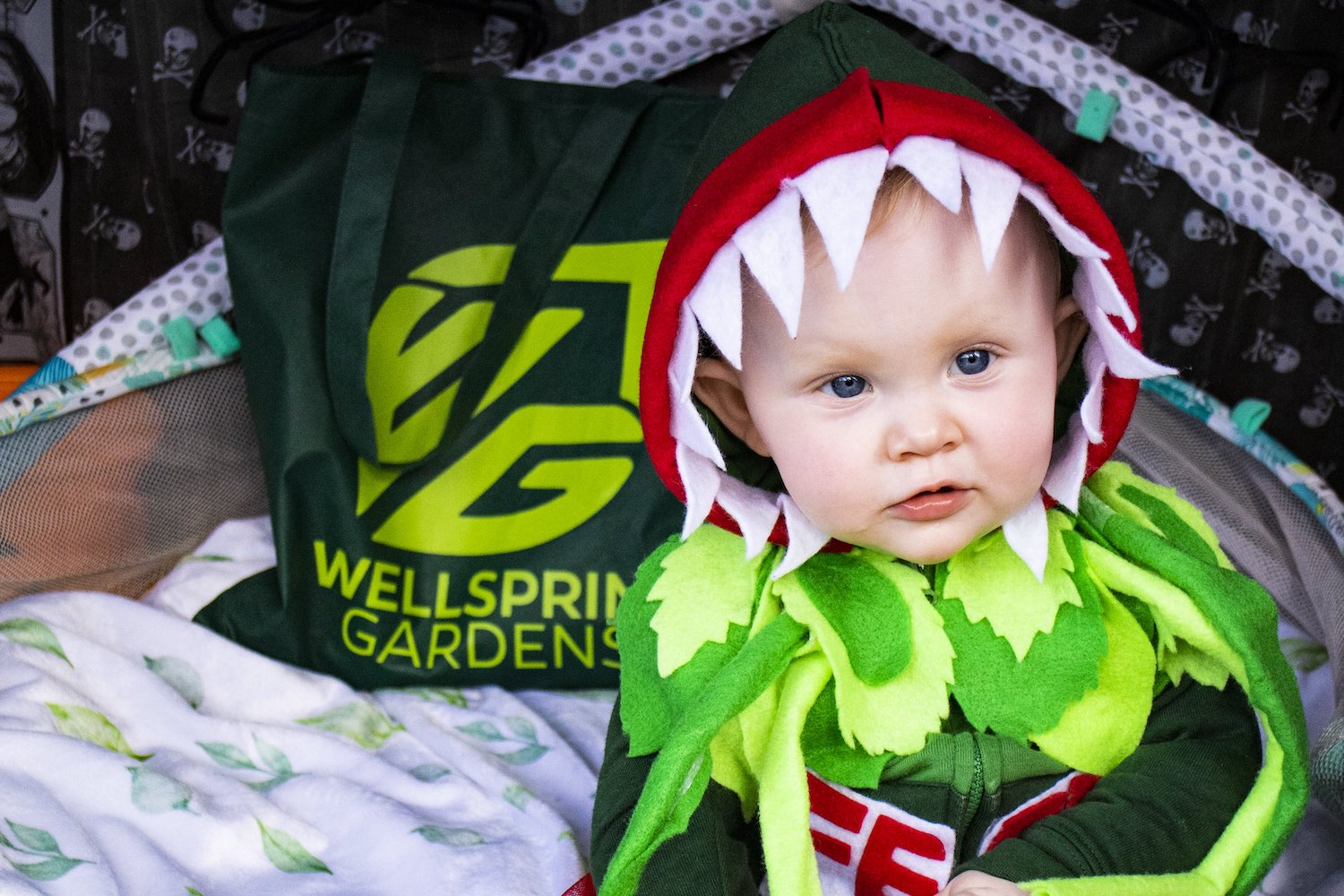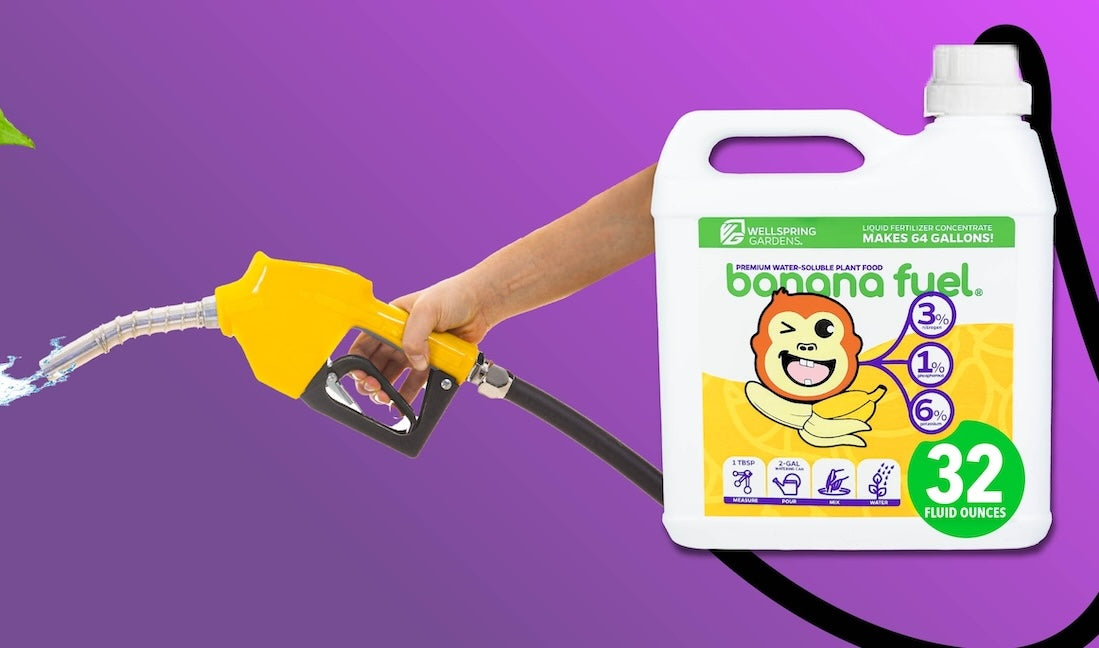Overwintering Guide

In a place like Central Florida ☀️ where we start donning our sweaters🧣 in 70-degree weather, our teeth start chattering at 50 🥶, and we hibernate at 40 🐻, you may wonder if we are the best source for learning about overwintering your plants. While your skepticism is probably valid, there are a handful of days when temperatures dip down below freezing ❄️ and our plants need overwintering. As with any topic, we encourage you to read far and wide to get the best information for your specific plant, circumstances, and climate; but we hope you find the following guidelines and tips useful.
See if you are in the plant's USDA Hardiness Zone.
The U.S. Department of Agriculture created a hardiness map to help gardeners identify the areas in which plants tend to grow well based on past average temperatures. On the USDA's site, you can enter your zip code to find out your hardiness zone. On our website, we list each plant’s USDA hardiness zone so you can make an informed decision when plant shopping.

How does knowing the zone help you? Basically it helps you determine if your plant is up to the specific characteristics and challenges of the climate in your part of the country or if you should grow indoors/provide winter protection.
Let’s say you live in Ft. Lauderdale, Florida which is zone 10. On the map, you will see that the coldest temperature is typically 30 degrees Fahrenheit. If you buy a plant listed within zone 10, you generally won’t have to do anything to protect it in the winter because it can take temperatures down to 30 degrees. But if you live in Gainesville, Florida (zone 9a), where temperatures sometimes dip down to 20 degrees Fahrenheit, the plant will need a little help from you to stay warm.
Please note that the roots are the most important part to keep from freezing. The upper foliage can die off, and the plant can still grow back in the spring. But if your roots freeze, the plant will be gone forever.

Keep your plants warm and cozy.
Your plants need to stay above the temperature range listed in their USDA hardiness zone and here are some ways to achieve that:
Bring your plants inside.
If your plants are still potted and they haven't grown too large yet, bringing your plants inside your house during cold snaps is the best option. A potted plant has significantly less insulation than one planted in the ground. The small amount of soil in your pot would be the only thing protecting the roots from the cold.
That said, don't rush to transplant in the ground for insulation purposes. A plant that hasn't sunk its roots deep into the soil won't fare the winter chills well. Wait until spring to transplant, so it'll have a year to get rooted before the next winter.
Placing your plants on your patio right next to the house may be enough; it really depends on how cold it gets and how much cold the plant can take, so bringing indoors is usually the best option.
Insulate the foliage and mulch the surface.

I've heard many people deride those who cover their plants during the winter "because it's useless." Covering them could be useless if the sheet doesn't go all the way around the plant or blows off. But covering your plants is, indeed, useful.
Insulating with a non-woven fabric (unlike most blankets) helps trap heat from the soil surface and protects foliage from wind chills. If you are using a woven material, be sure to let the morning dew dry out in the morning or you could be signing your plant's death warrant.
Mulching provides another layer of insulation for the roots, which could prevent the roots from freezing — the ultimate goal.

Dig up and store bulbs/corms indoors.
For plants that produce bulbs/corms (such as elephant ears and gingers), the foliage will likely die back completely, so you can dig up the bulbs/corms and store them indoors or in your garage. If your #WellspringPlantMail doesn’t yet have bulbs, that’s because it’s a starter plant that hasn’t gone through a full growing season to reach that new milestone yet. If so, protect it from winter cold simply by bringing the potted plant indoors.
Provide different care than you did in the growing season.
Give plenty of light.
During winter, natural light is as rare as a unicorn sighting with shorter and shorter daylight hours as it gets later into the season. So, make sure your plants get their daily dose of vitamin D by placing them near a window where they can soak up whatever sunlight is available. If your home is darker, you might want to consider investing in some grow lights.
Water less frequently.
While it's important to keep your plants hydrated, don't go overboard with the watering can. In winter, plants tend to grow slower or not at all, which means they don't need as much water as they do in the warmer months. Think of it like this: in the summertime, you get parched because it’s hot and you’re actively playing and working in the sun. But in the colder months, you’re ready to curl up in a blanket with a good book by the fire to keep warm.
Some plants are deciduous, meaning they drop all their leaves/foliage to conserve their energy for strengthening their roots rather than supporting top growth. Deciduous plants will need water even less frequently. Stick your finger in the soil to check if it's dry before watering. If it feels like a damp sponge, hold off on the H2O. Your plants will appreciate the chance to dry out a bit.
Let your plants rest.
Even if your plant is evergreen–meaning it doesn’t shed all its leaves–it still may go semi-dormant. Don’t try to force it by over-fertilizing because it simply won’t respond; it won’t grow much bigger, and deciduous plants won’t generally sprout new leaves until the warmer, brighter days of spring. Generally fertilize only once a month and perhaps even at half strength for most plants.
DIY Overwintering
One of our loyal customers, @jenniferpodolak, walks us through her cold-prep setup to ensure her plants survive New Jersey's winter this year. Her methods have brought her success in previous years, so maybe you will find something that will help you! #winterplantcare #diygreenhouse
So, there you have it! With these winter plant care tips up your sleeve, you'll be able to keep your leafy friends happy and thriving even when it's colder than a freezer outside. But remember, there are many right ways to help your plants survive the winter, so don’t worry about doing anything exactly like another gardener; just take a few ideas you like from here and there, and keep those roots warm!
Happy planting! 🪴
FAQs
My plant has no leaves. Is it dead?
Plants drop leaves for a variety of reasons from overwatering to underwatering so if this happens in the springtime, your plant may be dead or dying, yes. But it’s a different story in the fall and wintertime. First, determine if you have a plant that goes dormant (similar to a state of hibernation). Then determine if your plant is a deciduous one (meaning it sheds its leaves in cold weather) or if it’s an evergreen (meaning it doesn’t lose its leaves but may still go semi-dormant).
Once you determine the type of plant you have, you’ll know if dropping leaves is normal and healthy. Like hibernation, dormancy is an important part of the growing cycle when plants work on strengthening their root systems instead of focusing on creating new growth. They are still healthy, viable plants that will begin growing new leaves in spring when there is more light and warmer temperatures during the day and night.
How do I know if my plant is dead or just dormant?
Patience is the best test so your plant can remain undisturbed while strengthening its roots; but if you’re antsy, you can do a couple of quick tests to reassure yourself. Give the stem a tiny, gentle push and if it doesn’t snap in half, then it’s alive and well. You can also check to see if the stem is brittle brown or if there is a hint of green (a sign of life) by making a very tiny scratch with your finger.
For plants that go dormant and ship in the winter time, we include a dormant tag that gives info about our dormancy guarantee. You’ll want to hang on to that tag as proof of dormancy, because if your plant doesn't awaken from dormancy by June 1st, you may be eligible for a replacement.
It’s springtime. Why is my plant still dormant?
Spring is a wonderful time when all the world is blooming again. However, the first sign of Spring doesn’t necessarily mean the plant will come out of dormancy since there may still be cool temperatures at night and each individual plant has its own timetable. It takes a combination of care, longer days, and warmer temperatures. Before you know it, that plant you were sure was as dead as a doornail will spring into new life!






